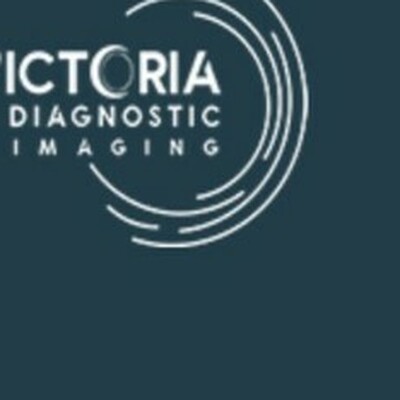Ultrasound imaging has become an indispensable tool in women's healthcare, providing a safe, non-invasive method for diagnosing and monitoring various medical conditions. From pregnancy to gynecological health, Ultrasound for Women plays a crucial role in ensuring women's well-being. This article delves into the different types of ultrasounds used in women's health, their applications, benefits, and what to expect during an ultrasound procedure.
Understanding Ultrasound Technology
Ultrasound, also known as sonography, uses high-frequency sound waves to create images of the inside of the body. A transducer, or probe, emits sound waves that bounce off tissues and organs, creating echoes that are then converted into visual images by a computer. Unlike X-rays, ultrasounds do not use ionizing radiation, making them a safer option for imaging, especially during pregnancy.
Types of Ultrasounds for Women
-
Obstetric Ultrasound
- Early Pregnancy Ultrasound: Typically performed in the first trimester to confirm pregnancy, estimate gestational age, and check for multiple pregnancies.
- Anatomy Scan: Conducted around 18-20 weeks of pregnancy to examine the baby’s organs and structures, assess fetal growth, and check for congenital abnormalities.
- Third Trimester Ultrasound: Used to monitor fetal growth, position, and the amount of amniotic fluid, and to evaluate the placenta.
-
Gynecological Ultrasound
- Pelvic Ultrasound: Used to examine the uterus, ovaries, fallopian tubes, and bladder. It helps diagnose conditions like fibroids, ovarian cysts, and pelvic inflammatory disease.
- Transvaginal Ultrasound: Provides a more detailed view of the reproductive organs by inserting a probe into the vagina. It’s particularly useful for assessing early pregnancy, uterine abnormalities, and ovarian conditions.
-
Breast Ultrasound
- Used to evaluate breast lumps or abnormalities detected by a physical exam or mammogram. It helps differentiate between solid masses (which may be cancerous) and fluid-filled cysts (which are usually benign).
-
Fertility and Reproductive Medicine
- Ultrasound is essential in monitoring follicle development during ovulation induction, guiding egg retrieval in IVF procedures, and assessing the uterine lining.
Benefits of Ultrasound for Women
- Safety: Ultrasounds do not use ionizing radiation, making them safe for both the patient and developing fetus during pregnancy.
- Non-Invasive: The procedure is painless and does not require any incisions or injections.
- Real-Time Imaging: Provides immediate feedback, allowing for real-time assessment and diagnosis.
- Versatility: Can be used to evaluate a wide range of conditions affecting women's health, from pregnancy to gynecological issues.
What to Expect During an Ultrasound
- Preparation: Depending on the type of ultrasound, you may be asked to drink water to fill your bladder, enhancing the clarity of pelvic images. For transvaginal ultrasounds, you may need to empty your bladder before the procedure.
- Procedure: During a pelvic or obstetric ultrasound, you will lie on an examination table, and a gel will be applied to your abdomen to facilitate the movement of the transducer. For a transvaginal ultrasound, a covered, lubricated probe will be gently inserted into the vagina.
- Duration: Most ultrasound exams take between 15 to 30 minutes, although complex evaluations may take longer.
- Results: A radiologist will analyze the images and provide a report to your healthcare provider, who will discuss the findings with you.
Applications and Importance in Women's Health
- Pregnancy Monitoring: Ultrasound is essential for tracking fetal development, identifying potential issues early, and guiding medical decisions.
- Diagnosis and Treatment Planning: Helps in diagnosing conditions like fibroids, ovarian cysts, and endometriosis, guiding appropriate treatment plans.
- Cancer Detection: Aids in the early detection and differentiation of breast and ovarian cancers, improving treatment outcomes.
- Fertility Treatments: Monitors the effectiveness of fertility treatments and assists in procedures like egg retrieval and embryo transfer.
Conclusion
Ultrasound imaging is a cornerstone of women's healthcare, offering a safe, effective, and versatile diagnostic tool. Whether it's monitoring pregnancy, diagnosing gynecological conditions, or aiding in fertility treatments, ultrasounds provide invaluable insights that guide medical care and enhance women's health outcomes. If you have any concerns or require an ultrasound, consult with your healthcare provider to understand the best options for your specific needs. With its numerous benefits and applications, ultrasound continues to be a vital component in the journey towards optimal women's health.



